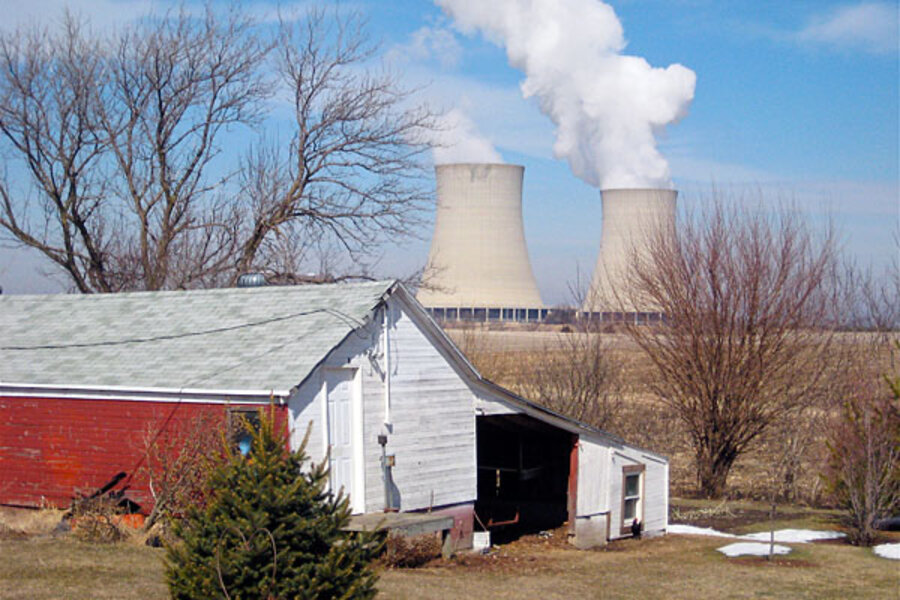Q&A: Illinois nuclear plant loses power. What got vented into the air?
Loading...
Nuclear regulators are keeping close tabs on an Illinois nuclear plant after a loss of off-site power to the plant Monday morning.
One of two reactors at the Byron nuclear power plant shut down when a transformer supplying electricity to the plant failed. Backup generators immediately kicked in to supply electricity to the reactor's safety systems, including its cooling system.
Plant workers reportedly saw the transformer, located in the plant's switch yard, release smoke after it failed, but local firefighters found nothing burning when they arrived.
During the shutdown, the plant vented steam containing trace amounts of tritium, a radioactive form of hydrogen. But the release represented no health threat, federal and plant officials told the Associated Press. Candace Humphrey, Ogle County’s emergency management coordinator, added that public safety was never in danger.
How often does a transformer fail US plants?
About six to eight times a year, according to David Lochbaum, a nuclear engineer currently tracking nuclear-safety issues for the Union of Concerned Scientists. Not all result in a loss of off-site power, he says. Some plants can quickly isolate the bad transformer and draw electricity from other sources.
While the number seems small, the number of failures is rising, he adds. In many cases the transformers are as old as the plants themselves and have reached the end of their design lives. While the loss of a transformer can result in an emergency shutdown, as at Byron, the devices are not considered part of an emergency system. So they are not as rigorously inspected as a plant's emergency systems are, Mr. Lochbaum says. The decision on when to replace them is left up to the utility.
Why did the plant let off steam?
To relieve pressure in the plant's cooling system. Byron's reactors are pressurized-water reactors. Water is circulated through the reactor core under high pressure so it can be heated above its boiling point. This superheated water is passed through a steam generator – basically a large heat exchanger that converts water in the secondary cooling system into steam the generators can use.
This system is designed to isolate water that comes into contact with the reactor from the water that is used to produce steam for the turbines.
When a pressurized-water reactor is shut down, this secondary system continues to make steam. But the steam no longer is being run through the turbines and through the cooling towers to be returned as a liquid for another cycle. Steam builds up in the secondary system and must be vented to prevent pipes in this secondary system from bursting.
Where did the tritium come from?
It's a byproduct of the nuclear reactions that take place in the plant's reactors and boron, used in a reactor's coolant to help control the reactor's chain reactions. It found its way into the vented steam at Byron because the piping that carried the reactor water through the steam generator has some small leaks, Lochbaum says.
How dangerous is it?
Tritium loses half its radioactivity in 12.34 years. The form of radioactivity it produces will not penetrate skin, although it can be ingested or absorbed through the skin as a component of water. According to the Nuclear Regulatory Commission, tritium emissions from nuclear power plants “account for less than 0.1% of total background dose” humans are exposed to each year from natural sources. These background sources represent about half of the radiation doses people receive, the NRC notes.





